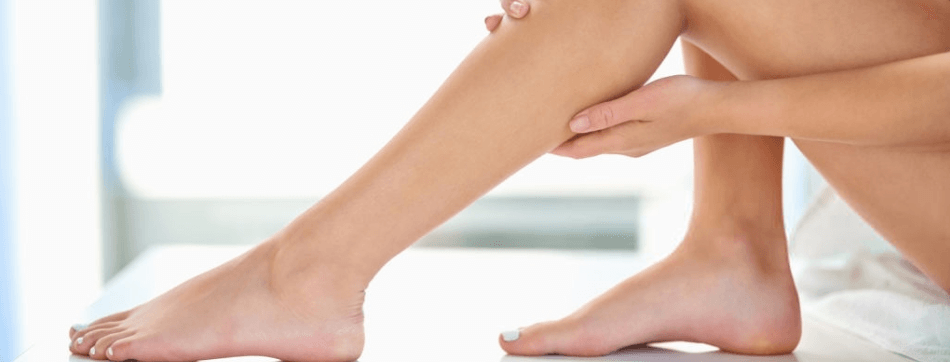
CVI (Chronic Venous Insufficiency) is a disease that affects a large percentage of the population worldwide. According to studies, up to 50-60% of people suffer from Chronic Venous Insufficiency of the Limbs and at the age of 50 it increases to 70%. Studies shows that women suffer more often than men.
CVI is a condition in which the vein wall and valves are affected and do not work effectively, resulting in difficulty returning blood from the lower extremities to the heart (venous stasis). As a result, the venous pressure in the lower limbs increases, the veins expand, leg swelling and other subjective complaints appear.
Symptoms of CVI may include:
Without treatment, CVI slows the flow of blood from the legs to the heart and increases venous pressure. This leads to a number of changes, such as edema, deposition of blood cells and other products with a gradual change in skin color (from reddish to brown), impaired nutrition, gradual thinning and damage with the appearance of varicose ulcers. Usually, they are difficult to treat and are accompanied by complications.
The main risk factors:
The CEAP international classification is used to determine the stage of CVI. It is based on four elements, hence the abbreviation CEAP:
1. Clinical manifestations (C)
2. Etiological factors (E)
3. Anatomical involvement of the disease (A)
4. Pathophysiological finding (P)
The classification is enriched with subgroups that allow precise determination of the degree, origin and localization of the disease.
Class C:
C0 - without visible signs of venous disease
There are no subjective complaints
C1 – telangiectasias (dilated intradermal venules less than 1 mm), reticular veins (dilated subdermal veins up to 4 mm wide, which cannot be palpated)
There are no subjective complaints
C2 – varicose veins (subcutaneous varicose veins, with a size equal to or greater than 3 mm in diameter)
Subjective complaints that do not impair the patient's ability to work (pain, heaviness, slight swelling around the ankles after prolonged standing) and usually occur at the end of the day and are often seasonal. They subside quickly after rest.
C3 – edema, without skin changes
Subjective complaints are significant, but usually do not impair the patients' ability to work
C4a – pigmentation, venous eczema
C4b – lipodermatosclerosis
C5 – skin changes and a scar from a healed venous ulcer
C6 – skin changes and active venous ulcer
In the last classes, the subjective complaints are significantly expressed and impair the working capacity of the patients to varying degrees.
Class E:
Ec- congenital
Ep- primary (idiopathic)
Es- secondary (post-thrombotic)
Class A:
As- superficial veins
Ad- deep veins
Ap – perforating veins
Class P:
Pr - reflux
Po - obstruction
Pr,o – reflux and obstruction
How is CVI diagnosed?
The diagnosis is made on the basis of anamnesis (it is important to specify the presence of risk factors for the development of CVI), examination - examination of the external manifestations of chronic venous disease, non-invasive examinations (Doppler, functional tests, etc.), and sometimes invasive research (phlebography).
CVI treatment
The treatment of CVI is always complex and includes a combination of non-invasive (lifestyle change, venotonic and other medications, compression therapy) and invasive means (various operative and minimally invasive techniques) in order to achieve the maximum effect in symptom control.
After consultation with a specialist, depending on the degree of the disease, you will be assigned an individual treatment!
Free delivery on orders over 100 BGN
We are available every day from 9 to 17
100% security when paying online
Easy conditions for returning the purchased stock
